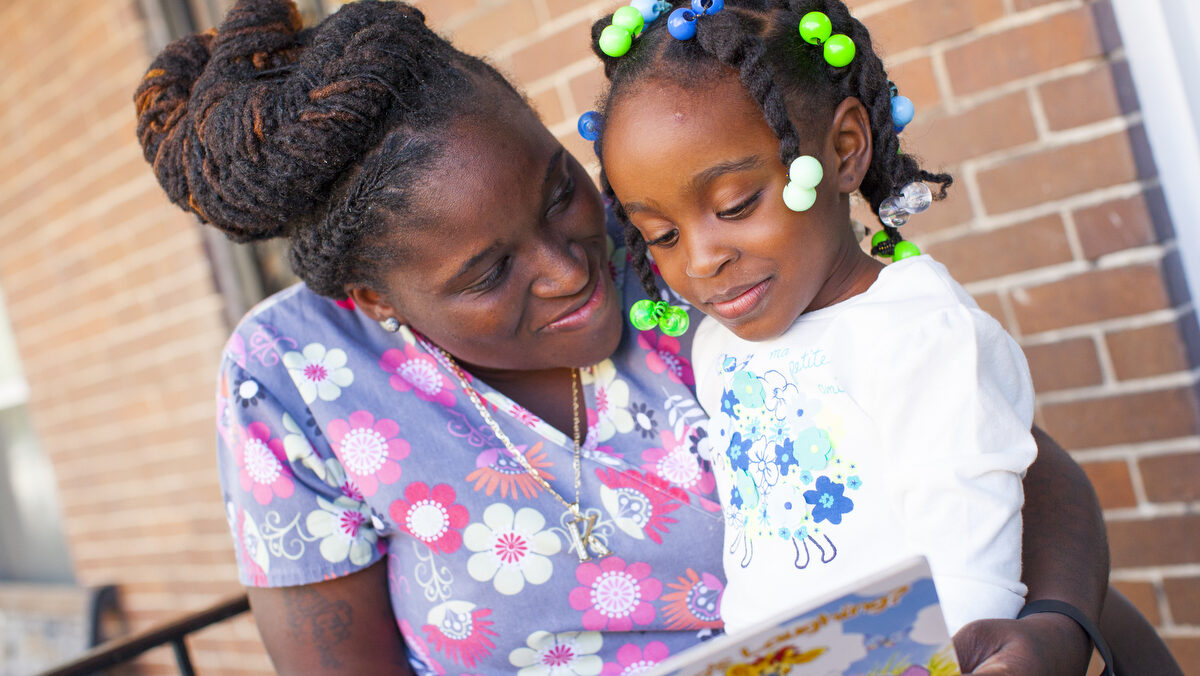
- This event has passed.
Maximizing Impact: The Critical Role of Philanthropy in High-Impact Tutoring

“The research shows that tutoring remains the most effective academic intervention, outperforming class size, summer school and extended school years. And [Accelerate] continues to build a research agenda that adds to that evidence and also continues to try to answer some of the outstanding questions that can help the implementation of high-dosage tutoring for some understudied student groups — those older than second grade, those with IEPs and multilingual students.”
In this Funder-to-Funder Conversation, Narric Rome of Accelerate offered the above statement as he underscored the evidence base supporting high-impact tutoring and the need to continue investigating its potential. Thank you for registering for this funder-focused session that explored the wide variety of actions philanthropy can take to ensure effective tutoring is sustained and scaled.
Moderator Alissa Hobart, with the Center for Excellence in Literacy Instruction at the University of Mississippi, started the conversation by describing how Mississippi has utilized AmeriCorps funding to launch and grow its Mission Acceleration tutoring program in recent years.
Peter Lavorini of the Overdeck Family Foundation then set the stage for the session by outlining the characteristics of tutoring programs that lead to significant learning gains for students, as defined by the research base. These include substantial tutoring time each week; sustained and strong relationships between the students and their tutors; close monitoring of student knowledge and skills through data; close alignment between the tutoring and the school curriculum; and continued oversight and training of the tutors to ensure quality interactions.
Chris Helfrich of Eat. Learn. Play. Foundation and Mioshi Moses of AARP Foundation then joined Rome and Lavorini in sharing how their respective organizations are advancing tutoring as a strategy:
- Eat. Learn. Play. Foundation: Led by Stephen and Ayesha Curry, Eat. Learn. Play. has committed $25 million to bring year-long professional one-on-one high-impact tutoring to nearly 10,000 students in Oakland, California, and is also working to build awareness about the literacy crisis to audiences nationwide.
- AARP Foundation: Functioning as a direct service provider, convenor and funder, AARP Foundation leads the Experience Corps program, mobilizing, engaging and training older adult volunteers to serve as literacy tutors, while also working with national agencies and networks and investing in evaluation of its tutoring programs.
- Accelerate funds promising tutoring efforts that have the potential to be scaled, partners with research institutions to evaluate tutoring programs and disseminate research across the field, and promotes the adoption of proven models through grantmaking, policy and advocacy.
- Overdeck Family Foundation invests in supporting innovations that can decrease the cost of effective tutoring; in building evidence to better understand how different tutoring programs affect different groups of students across different subjects and grades; and in helping the field as a whole to identify and adopt tutoring practices that generate results for students.
“We focus on identifying and fueling the scale of cost-effective, sustainable programs and solutions that accelerate improvement in academic and social-emotional outcomes for all children. We were initially compelled to invest in high-impact tutoring because we felt that the research and evidence around tutoring demonstrated that it was the best intervention out there for accelerating student learning outcomes, because the research base behind tutoring makes it clear that it is something worth investing in.” —Peter Lavorini, Overdeck Family Foundation
Acknowledging that the implementation and scaling of high-impact tutoring faces a number of barriers such as cost, the panelists discussed how philanthropy was well positioned to help overcome some of those barriers and shared a range of resources that funders and their education partners could leverage to support tutoring. They explored the ways in which technology can be utilized to drive down costs and reach more students, with Lavorini offering examples of virtual and hybrid models that Overdeck has invested in and Moses sharing plans for AARP’s National Virtual Volunteer Corps. They stressed the importance of advocacy for increased and sustained public investment in tutoring, with Rome sharing several examples of states that have recently invested in statewide tutoring programs. Helfrich noted that the general public remains largely unaware of the literacy crisis in America as he described the investments in storytelling by Eat.Learn.Play., including the recently released documentary, SENTENCED.
“What we’re doing is providing a strong base of volunteers to help solve a big challenge that a lot of our organizations have which is staffing. I think it could be really important for funders to consider strategies to support and foster volunteer-based tutoring programs that help schools and districts with a low-cost solution. Ours has the double benefit of keeping older adults engaged in their communities and reducing isolation.”
— Mioshi Moses, AARP Foundation
Panel







